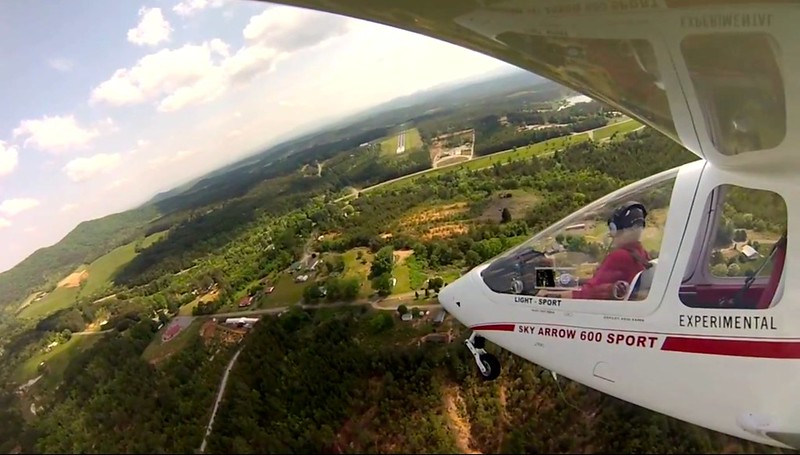EdFred
Taxi to Parking
All, actually crosswind depends on the runway length, if the runway is long enough, I'll be turning crosswind before the end. Downwind I want the runway down to the side at a 45, turning base I want the runway behind me at a 45. This pretty much assures me that I make the runway regardless what happens to power.
And since you aren't using a spot on the strut or wing, it works for different planes. And if you are flying different pattern altitudes (I've seen published patterns of 800, 1000, 1200, and 1500) the higher the pattern the further it puts you from the airport, so the turns and descent should still work out regardless of the pattern altitude you are flying.




